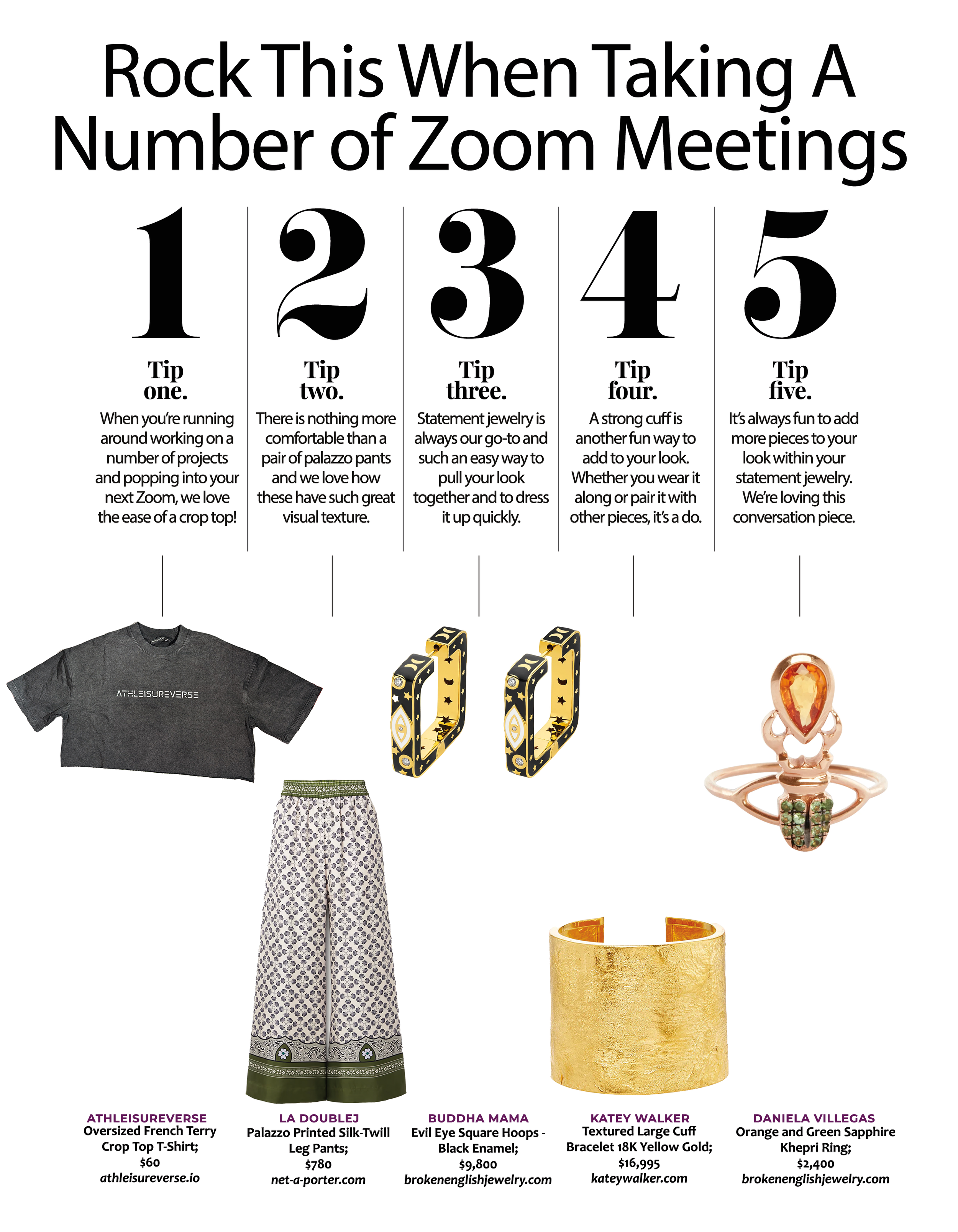Paris, the City of Lights, is undoubtedly one of the most iconic cities in the world. Known for its romantic ambiance, rich history, and stunning landmarks, it’s a place where art, culture, and cuisine come together like no other city. But beyond the famous Eiffel Tower and charming streets, Paris has a treasure trove of quirky facts that many visitors—and even locals—might not know. So, let’s dive into 15 fun facts about Paris that will leave you in awe of this marvelous city!
1. Disneyland Paris Isn’t Actually in Paris
If you’re dreaming of a Disneyland trip in Paris, you might be surprised to learn that the famous theme park isn’t located in the French capital itself. In fact, Disneyland Paris is located in Marne-la-Vallée, about 33 kilometers (20 miles) east of the city center. While it's still within easy reach, don’t be fooled by the name! To make the most of your Parisian vacation, you might want to book hotels in Paris and take a day trip to the magical kingdom.
2. More Dogs Than Children in Paris
Parisians love their pets, particularly their dogs. In fact, there are 17 dogs for every 100 people in Paris, meaning there are more dogs than children in the city. The French capital is a haven for dog lovers, with nearly half a million dollars spent annually by Parisians on their four-legged companions. So, don't be surprised if you see a dog in a café or being pampered at one of the city's many pet spas.
3. The Eiffel Tower is Illuminated by 20,000 Bulbs
The Eiffel Tower is one of the most iconic landmarks in the world, but did you know it’s illuminated by 20,000 light bulbs? Every evening, these bulbs create a shimmering spectacle that helps the tower stand out as a beacon of light against the Parisian skyline. This dazzling display has become a symbol of the city, drawing millions of visitors to witness its nighttime brilliance.
4. There’s a Labyrinth Beneath Paris
Beneath the cobbled streets of Paris lies a fascinating and eerie labyrinth of catacombs. These underground tunnels were originally stone quarries but later became the final resting place for millions of Parisians. Some parts of the catacombs are open to tourists, offering a glimpse into the city’s darker history. It’s a hauntingly intriguing experience for those who dare to explore the depths of Paris.
5. The Mona Lisa Was Stolen from The Louvre
The Mona Lisa, Leonardo da Vinci’s famous masterpiece, was once stolen from the Louvre Museum in 1911. The thief, Vincenzo Peruggia, hid the painting for two years before it was recovered. The heist shocked the art world, and the painting’s return to the museum only heightened its legendary status. Today, the Mona Lisa remains one of the most visited and admired artworks in the Louvre.
6. The Eiffel Tower Almost Didn’t Survive WWII
During World War II, Hitler ordered the destruction of the Eiffel Tower. Fortunately, the order was ignored, and the iconic landmark was spared from demolition. The tower's survival during this dark time has become a symbol of resilience and strength for the French people, standing tall against adversity.
7. Camouflage Was First Used by the French Military
You might associate camouflage with modern warfare, but did you know it was first developed by the French military during World War I? The French used camouflage techniques to help soldiers blend into their surroundings and avoid detection. These innovative methods quickly gained popularity and were adopted by militaries worldwide.
8. Paris is Known as the City of Lights for a Reason
The nickname “City of Lights” has a historical connection to the Age of Enlightenment in the 18th century. During the reign of Louis XIV, Paris became a center of intellectual and cultural advancements, and the term “City of Lights” symbolized the city’s role as a beacon of knowledge and progress. Today, the name is also fitting due to the city’s dazzling lights, both at night and in its cultural influence.
9. Paris’ Catacombs Were Once Mushroom Farms
While the catacombs are known for housing skeletons, did you know that they were also used for mushroom farming in the 19th century? The cool, dark conditions of the tunnels made them the perfect environment for growing mushrooms, which became a lucrative business. Some catacombs are still used for mushroom cultivation today, adding another layer of history to these subterranean spaces.
10. The Eiffel Tower Was Initially Unpopular
Despite its fame today, the Eiffel Tower was initially met with disdain. When it was first built in 1889 for the World’s Fair, many Parisians and artists criticized its design, calling it an eyesore. In fact, the Eiffel Tower was only supposed to be a temporary structure, meant to last just 20 years. Fortunately, it was allowed to stay, and now it's one of the most recognized monuments in the world.
11. Paris Still Uses Carrier Pigeons
In the age of modern technology, you might think carrier pigeons are a thing of the past. But in Paris, the French military still relies on pigeons in emergencies! These birds are used to carry messages when other communication methods fail, making them an unlikely yet reliable form of communication in the digital age.
12. Paris is Home to Two Islands
Paris isn’t just made up of charming arrondissements and iconic landmarks—it also has two islands! Île Saint-Louis and Île de la Cité are both located in the River Seine. Île de la Cité is home to the famous Notre-Dame Cathedral, while Île Saint-Louis is known for its picturesque streets, charming cafés, and beautiful views of the river. Together, they add a unique element to Paris' geography.
13. Paris Has Free Sparkling Water Fountains
In an effort to reduce plastic waste, Paris introduced a series of fountains where you can get free still and sparkling water. The initiative, called Eau de Paris, provides eco-friendly hydration for Parisians and visitors alike. So, next time you’re strolling through the city, you can refill your bottle with refreshing sparkling water for free!
14. A Deserted Railway Circles Paris
La Petite Ceinture is a 32-kilometer stretch of disused railway that once encircled Paris. Today, parts of this abandoned railway have been turned into walking paths and parks, offering a unique way to explore the city’s outskirts. The eerie, overgrown tracks provide a glimpse into Paris' past and offer a peaceful escape from the hustle and bustle of the city center.
15. The Louvre Has So Much Art, You’d Need 8 Months to See It All
The Louvre Museum is the largest art museum in the world and home to an astonishing collection of artworks. With over 35,000 pieces, it would take you eight months to see every single piece if you spent just 30 seconds looking at each one. From ancient sculptures to Renaissance masterpieces, the Louvre is a treasure trove of art that’s worth exploring, no matter how much time you have.
Paris is a city that never ceases to amaze. Whether you're marveling at its landmarks or uncovering hidden gems, there’s always something new to discover. So, the next time you're in Paris, be sure to keep these fun facts in mind—they’ll add an extra layer of intrigue to your adventure in the City of Lights!





























































































